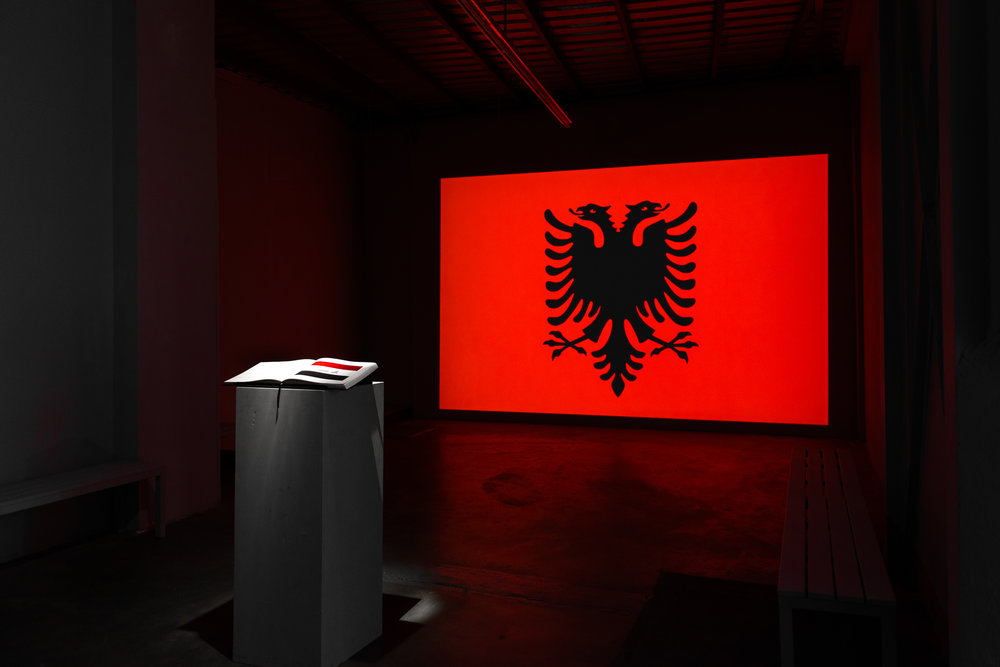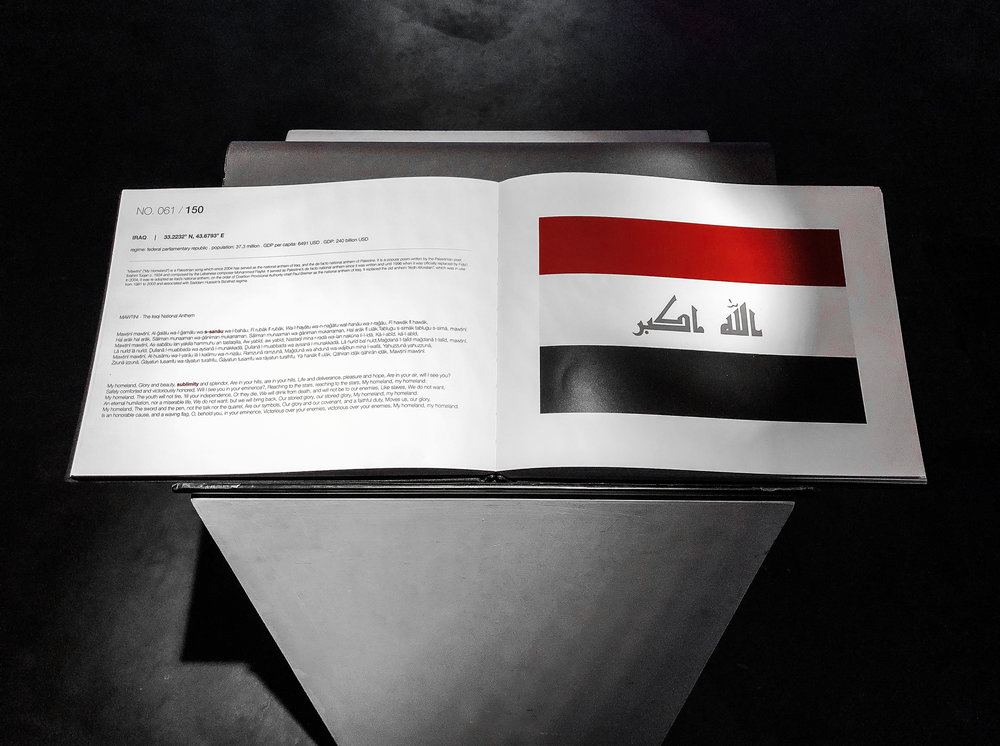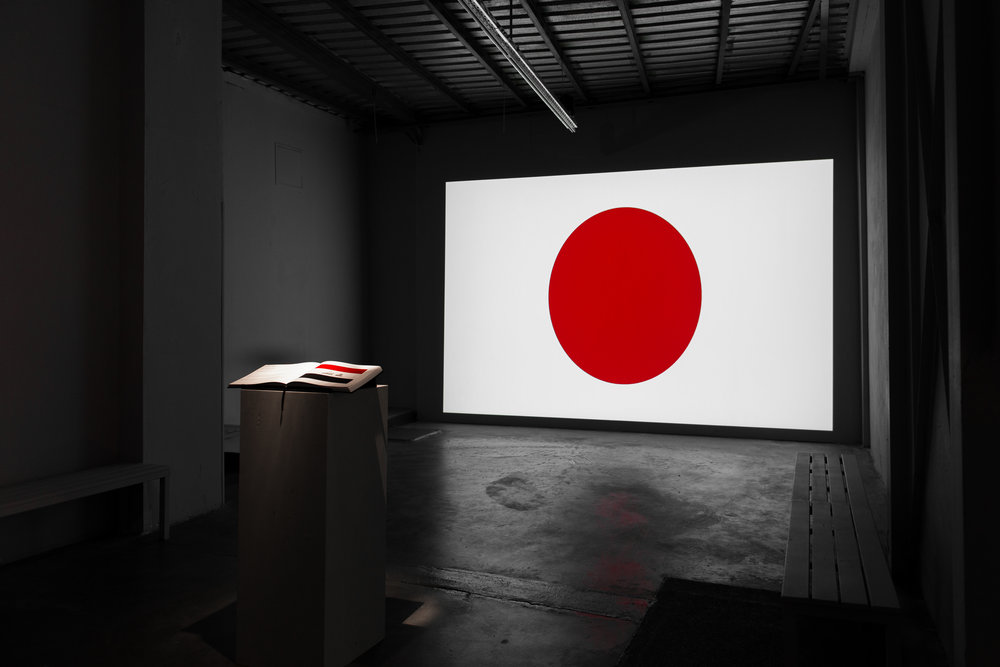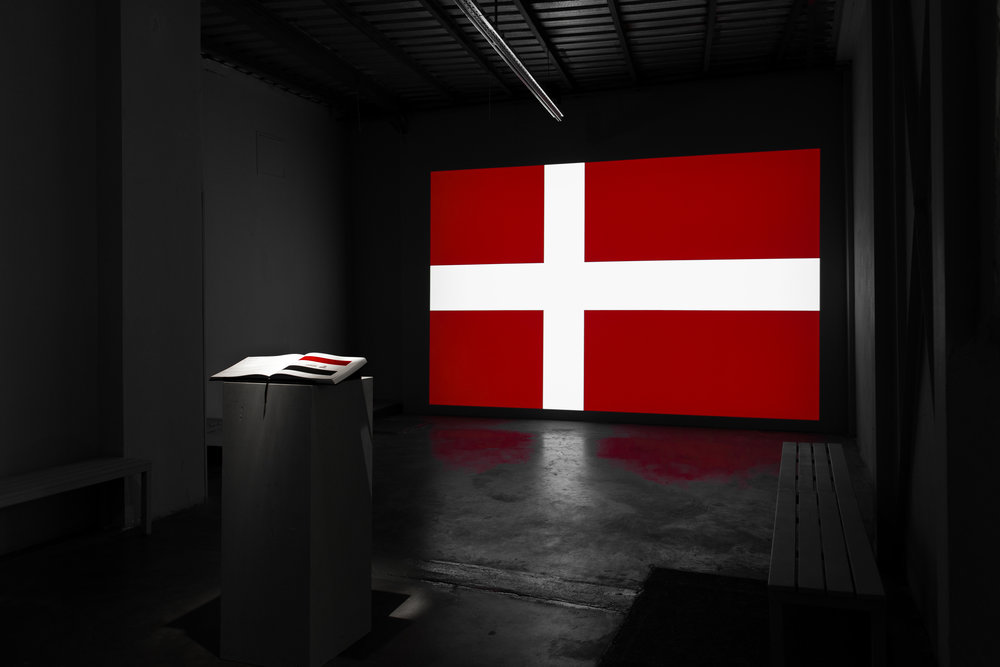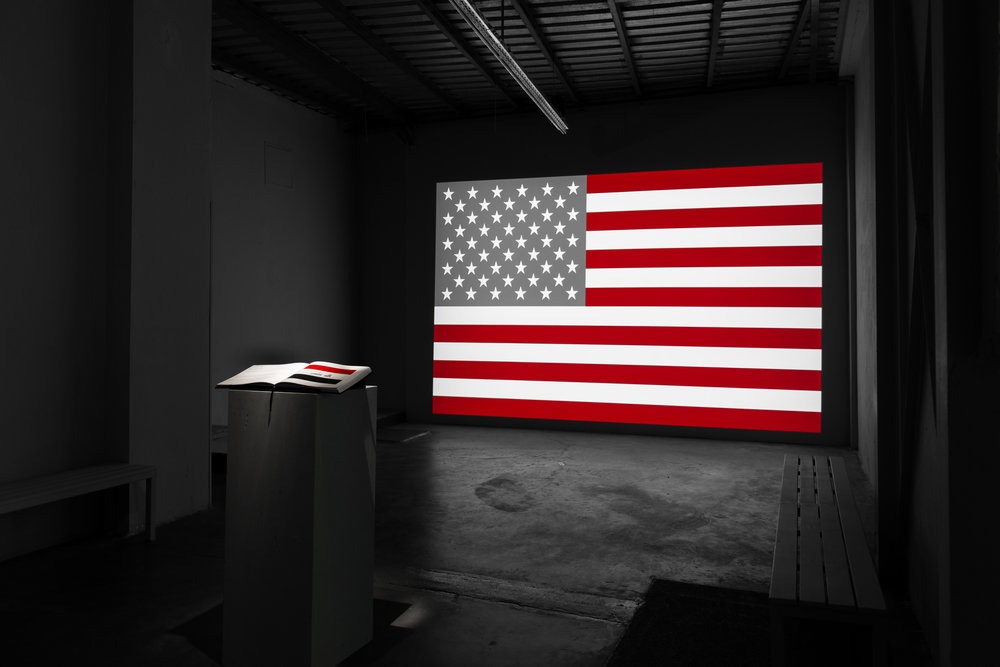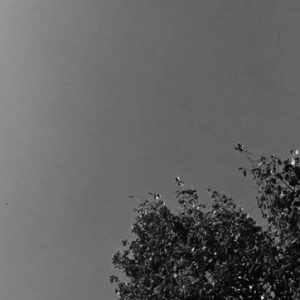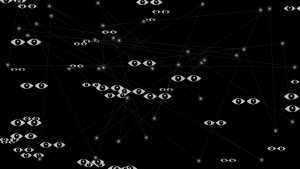CROSSED DESTINIES: HOMAGE TO CALVINO
CURATOR: İPEK YEĞİNSÜ
Art Talks: Özcan Saraç & İpek Yeğinsü
05.04.2018
Bilsart is host the group exhibition “Crossed Destinies: Homage To Calvino” between April 5th and May 2nd. Curated by İpek Yeğinsü the exhibition brings together the works of Özcan Saraç, Bengü Karaduman, Lara Kamhi and Uygar Demoğlu.
The Castle of Crossed Destinies (1973) is an ideal example of Italo Calvino’s experimental approach towards fictional narrative. This work which may also be defined as a ‘semiotic novel’ departing from the symbolism of tarot cards, is composed of two sections, namely “The Castle of Crossed Destinies” and “The Tavern of Crossed Destinies”, each containing eight short stories. In both settings, a group of individuals gather around a table and, unable to put their adventures into words, tell their stories through the images on the cards. The grid-like structure that emerges as the cards come one after another generates an archetypal network encouraging the reader to join the game as well. The stories occasionally become intertwined; while some cards repeatedly appear with varying meanings, others become indispensable for more than one narrators’ purpose. The result is an extraordinary pattern in which, in Calvino’s words, “the meaning of each card depends on its place in the sequence of cards preceding and succeeding it”.[1] The sequence of images composing the stories is also reminiscent of concepts like cinematic narrative and montage; it is possible to argue that they even generate a ‘Kuleshov Effect’[2]. This effect can be considered valid for moving images in general, and is also at the basis of the exhibition’s narrative structure.
The two sections in the exhibition, each with a duration of two weeks, establish an analogy with the book’s two respective sections. Moreover, each section in itself has been structured in a way to present one video work by one artist for one week, each produced specifically for the exhibition. Here the main objective is to initiate an intellectual exercise on the narrative effect generated by the sequence of works within the exhibition as well as on each artist’s response to the conceptual framework; to revisit Calvino’s semiotic experimental field within the context of video art via two different artist duos with ‘crossed destinies’. During the curatorial process, the discovery of the fact that Ergin Çavuşoğlu’s work Desire Lines / Tarot & Chess (2016)[3] was exhibited a few months ago at the same venue and was based on the same text, added yet another exciting layer of meaning to the already existing ones: the exhibition space’s own history, emerging from the sequence of visually oriented activities it presents.
[1] Calvino, I. (1973). “Sunuş”. Kesişen Yazgılar Şatosu, s. 8. İstanbul: Can Yayınları.
[2] According to Lev Kuleshov, one of the leading figures of the Soviet Montage School, our perception of a film is not determined by the sum of its single frames and their contents but by their sequential arrangement.
[3] Çavuşoğlu explains that this work is based on Calvino’s literary expressions in The Castle of Crossed Destinies. Source: http://www.ergincavusoglu.com/html/new_website/Desire_LinesTC.html
ÖZCAN SARAÇ
ÜBER_ALLES.FF0000
2018 | Installation composed of research-based book and video loop
Ed. 5 + 1 AP
The power of the centralized economic and political systems of control as well as the media channels functioning as a new kind of mass weapon, are evident in the rapid rise of the radical nationalist and right-wing tendencies all around the world. The baseless fears produced by the globally run simulation condition the individual to commit violent and segregationist actions in order to defend himself against an absent enemy, thus to act in line with the states’ interests without realizing it.
In ÜberAlles.ff0000, Özcan Saraç examines the visual codes for the concepts of motherland, nation and identity, the primary elements used in the creation of such perceptions. The work’s title is composed of the expression ‘Über Alles’ taken from the German national anthem and meaning ‘Above Everything’, and ‘ffoooo’, the Hax color code for blood red. The artist extracts all the colors from countries’ flags except for the red referring to themes like blood, honor and power. He designs an experiment to investigate how the presentation of these new images in the form of a fast-flow, overdose video, now only containing shades of black – gray in addition to the color red, affects the viewer’s memory and conscioussness. On the other hand, the anthology that came into being during the research phase contains each country’s basic political, geographic and socioeconomic data, followed by each national anthem with its most frequently mentioned concepts highlighted in red. The resulting lexical pool that can also be interpreted as the national anthem of today’s world, brings up the question of how the view of ‘the people for the state’ replaced that of ‘the state for the people’ as the new norm. In the work created specifically for the exhibition “Crossing Destinies”, Saraç acts almost like a lab specialist deconstructing the ruling powers’ narratives for legitimization rich in visual-auditory symbols, taking their powers away.
About ÖZCAN SARAÇ:
Özcan Saraç concentrated on artistic practice in the final years of his Economy education at the University of Essex. After a multidisciplinary program at the Parsons Paris School of Art in 2012-2016, he received a new media-oriented education at the Zurich School of Arts. He creates conceptual fields of research using scientific and technological structures, with the purpose of questioning the human being’s relation to the universal system, logic and political mechanisms. His work has been exhibited in London, Paris, New York, Istanbul, Zurich, Geneva, Basel and Milan.

